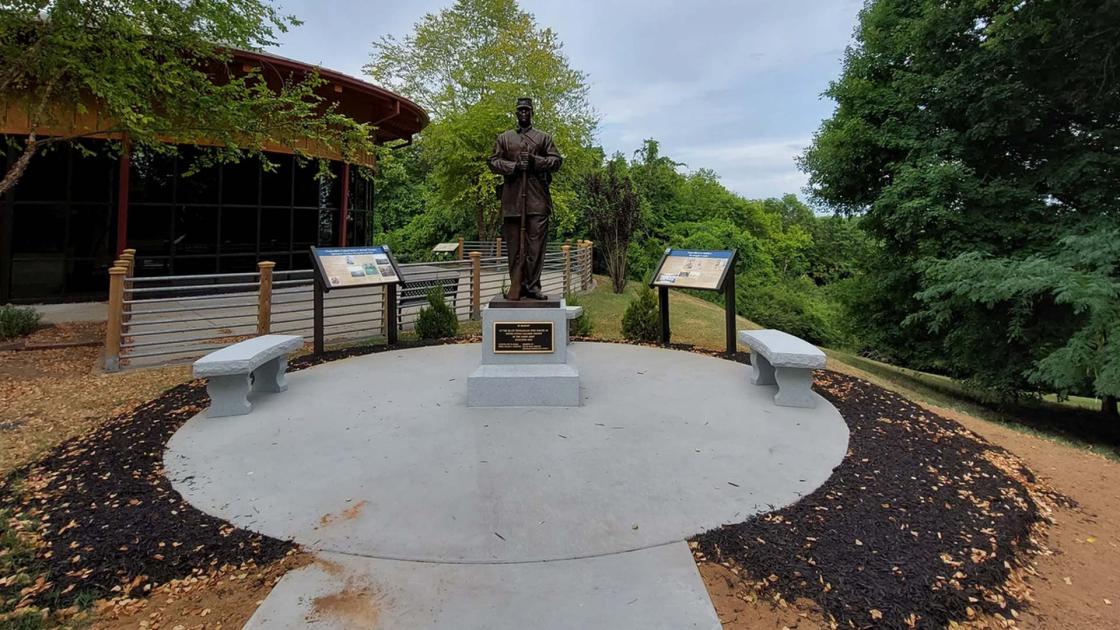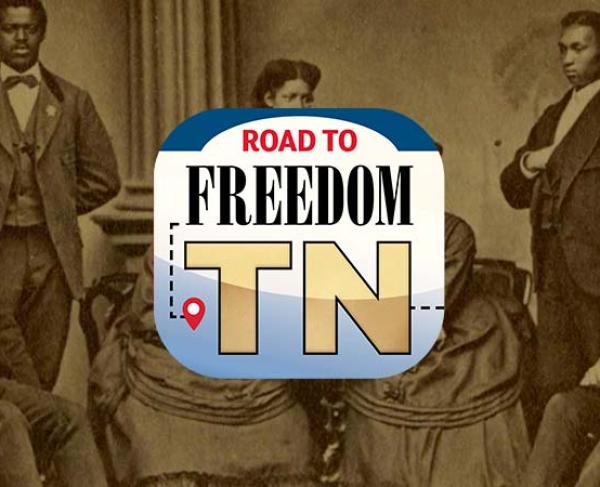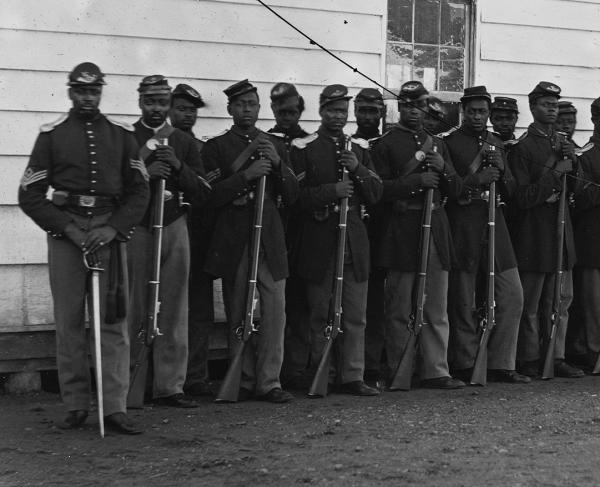Fort Defiance
Tennessee
120 Duncan Street
Clarksville, TN 37040
United States
This heritage site is a part of the American Battlefield Trust's Road to Freedom: Tennessee Tour Guide app, which showcases sites integral to the Black experience during the Civil War era. Download the FREE app now.

Built in late 1861 by Confederate troops with the forced labor of over 300 African Americans, the earthen fort now known as Fort Defiance was originally called Fort Sevier.
Its purpose was to defend the strategic Red and Cumberland Rivers leading to Clarksville. However, it was abandoned in February 1862 when Union forces gained control of the area following their victories at nearby Forts Henry and Donelson. Today, Fort Defiance stands as a reminder of both the military strategies of the Civil War and the exploitation of African American labor that helped shape its history.
After the Union took over the fort, they turned it into an important base for their operations in the area and renamed it “Fort Defiance.” With a commanding view of the river, Defiance enabled Union forces to monitor and secure supply lines and protect the vital river port in Clarksville. The fort was later renamed Fort Bruce, but the name never resonated as strongly or endured like Fort Defiance.
Under Union control, the fort became a refuge for African Americans from across Tennessee and the South. It served as a "contraband camp" where runaway and freed slaves found protection and as a recruitment center where Black men could enlist in the Union army. However, enlisting was no simple task, as Confederate guerrilla fighters worked to hinder Black enlistment. Nevertheless, the enlistment of Black soldiers in African American regiments persisted, regardless of sacrifices, risks and hardships endured.
The 101st U.S. Colored Infantry played an invaluable part in safeguarding the fort’s vulnerable contraband community, ensuring that these escaped and freed African Americans were not brutally forced back into bondage.
The fort’s Black community became an essential part of the Union war effort, whether through their contributions as laborers, soldiers or, in some cases, as spies providing crucial intelligence about Confederate movements. Today, there are still descendants in the Clarksville community that can trace their roots back to the fort’s contraband camp.
Now, Fort Defiance Civil War Park & Interpretive Center is the site of the one of the best-preserved earthen work forts in the U.S. and further provides visitors with the opportunity to absorb the site’s expansive past at the exhibit-filled interpretive center. The site features a monument to the U.S. Colored Troops, which is a fairly new addition, unveiled in 2022 thanks to the fundraising efforts of the Mt. Olive Cemetery Historical Preservation Society.

